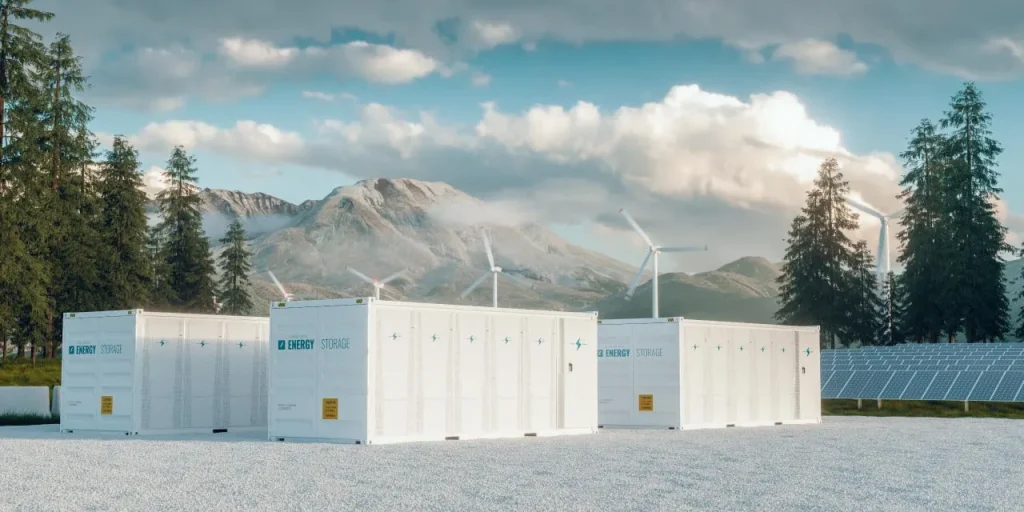
This summer has been harsh on everyone with no slight relief from the scorching heat. Today air conditioning is not a luxury but an essential to survive in this heat. The notable consequence of this is the sudden rise in energy consumption. How do we meet the ever-increasing demand for energy?
Renewable Energy as a Resource
A shift from fossil fuel to renewable energy is the practical solution to cater to the high demand for energy and as a tropical country, this is not a challenge for us. The reduction in renewable energy costs has been a massive boost and its impact on the energy matrix is quite visible. But the major concern with renewable energy resources is the number of variables associated with it. The variability of renewable energy generation refers to the fluctuating nature of electricity output from renewable sources such as solar and wind.
Unlike fossil fuel-based power generation, which can be controlled and adjusted to match the demand pattern, renewable energy generation depends on the availability of sunlight and wind, which can vary throughout the day and across seasons.
While conventional power plants can easily adjust their output to match demand, renewable energy generation is often inflexible. Solar panels generate electricity when exposed to sunlight, and wind turbines produce energy when there is sufficient wind speed. These factors are not directly controllable, leading to periods of high and low generation that may not align with the peak demand patterns.
Also, the periods when electricity consumption is at its highest, often occur during specific times of the day, for example, early evening when households and businesses simultaneously require more power. The challenge with renewable energy is that it may only sometimes align with these peak demand periods due to its inherent variability. This mismatch makes renewable energy only sometimes a reliable source leading to the requirement of alternative solutions to meet the high demand.
Large Scale Energy Storage System
Large-scale energy storage systems play a vital role in mitigating the effects of variability. They can store excess energy during periods of high generation and release it during times of low generation or peak demand, helping to balance the fluctuations and maintain grid stability. With a commitment to science and research backed by technological advancements, India is expanding its installed power generation capacity. The growth and contribution of renewable energy to the total power generation capacity is commendable. As of 2021 the contribution of non-renewable energy stood at 40.1% and by 2030 the aim is to take it to 50%.
As a Government accredited agency for Implementing Renewable Energy concepts to commissioning, INKEL has been continuously contributing to the growth of renewable energy usage. The “Kerala State Renewable Energy Award 2021” for the best EPC provider in Kerala is a testimony to the dedication INKEL has towards establishing renewable energy as a reliable source of energy to power our society.

+91 484-2978101 (09:30 AM – 5:30 PM)
Designed by